Millets, a large species of small-seeded grasses, are cultivated worldwide as cereal crops or grains for animal feed and human consumption. For many cultures, millets are an integral part of their traditional food, and they provide a significant portion of the food supply in the world’s arid and semiarid regions. Let’s check out how to make money from millet-based foods in India.
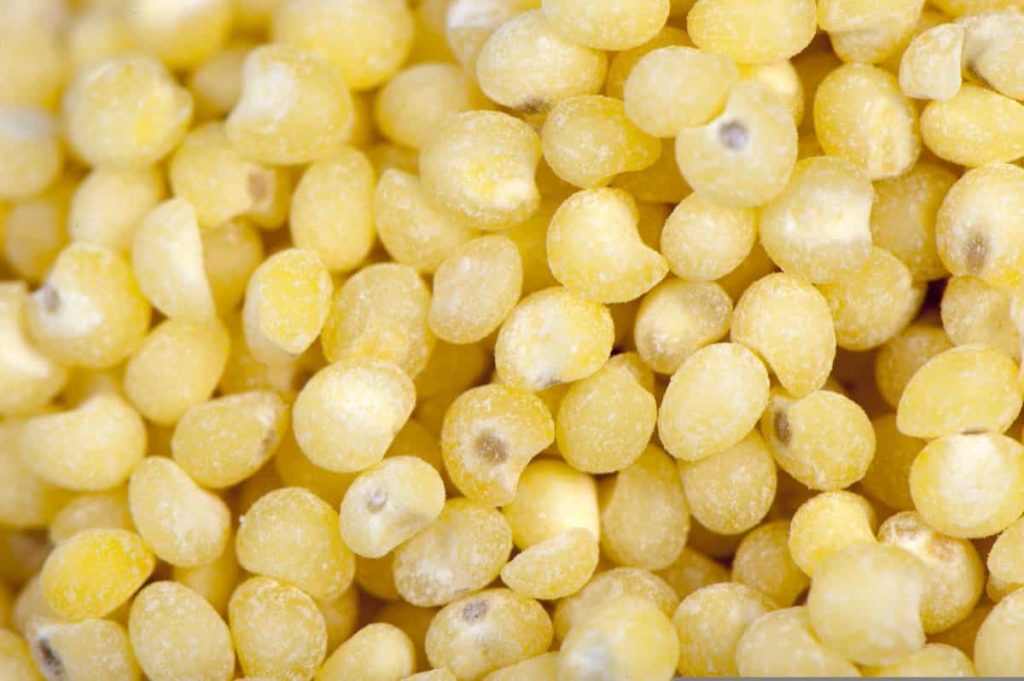
In western India, sorghum and millet flour have been used for centuries to produce traditional flatbread. The roti made from these millet grains is a staple food in many rural areas, especially among the underprivileged. Ragi, also known as naachanie in Maharashtra, kezhvaragu in Tamil, and “ragulu” in Telugu, is a popular millet in Karnataka, where it is used to make dishes like ragi roti and Ragi mudde.
Millets are taking their place on the plate and becoming a part of the diet of people who care about their health, not because they have to but because they want to. In response to rising consumer demand, emerging businesses can find numerous openings in the urban market for millets-based products. Let’s check out how to make money from millet-based food in India.
How to make money from millet-based foods in India
The unique selling point of millet-based foods
Because of their high nutrient and energy content, millets represent the next generation of “smart foods.” The Indian government sees these grains as essential to the country’s development, so they’ve named them “Nutri-Cereals.” Millet is a fantastic source of nutrients because of its gluten-free status and delayed energy release. The micronutrient profile of millets is high quality and can be broken down into two groups.
In case you missed it: How to Start Solar Business in India
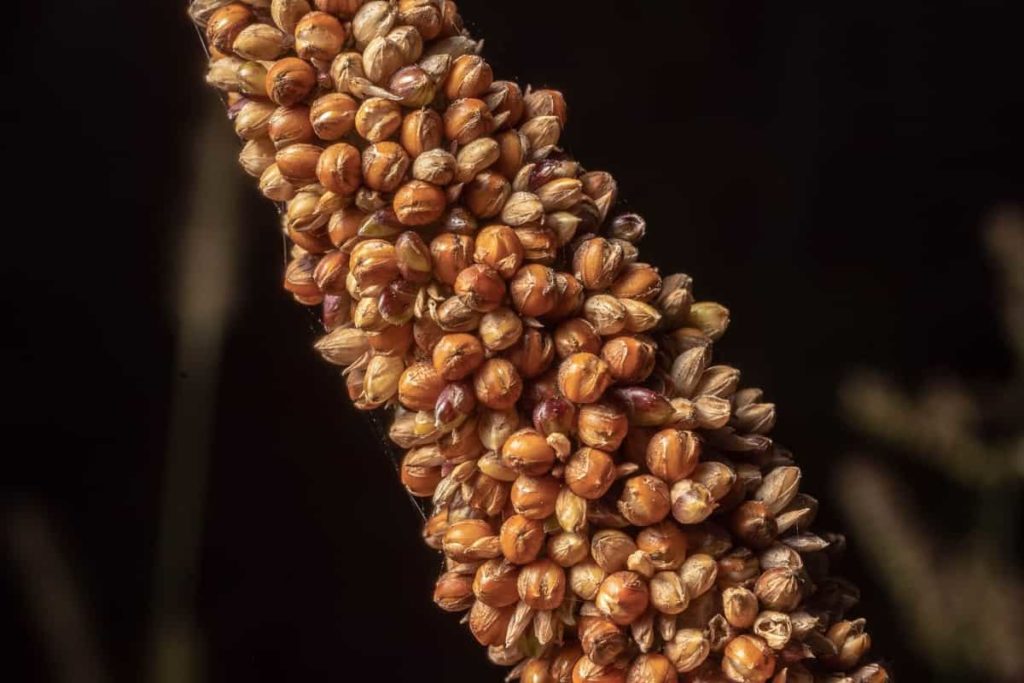
The first category includes nutrients that the body can use and store, such as iron, calcium, manganese, copper, iodine, and specific Vitamins A, D, and K that aid in cellulose metabolism. The second category includes essential elements for growth, such as nitrogen, phosphorus, zinc, magnesium, and potassium. The amino acid composition of millets is well-balanced.
Correct processing and malting can improve protein digestibility. Millets are naturally low in trans fat. The fiber and resistant starch found in millets serve as pre-biotics in the body. The pharmaceutical business also makes use of millet. The millets are used for medicinal purposes. Millets cultivation benefits farmers since it can be grown in arid climates with less water and organic matter added.
It’s beneficial for the environment because these plants can withstand extreme weather conditions. Identifying the consumer subsets and consumer characteristics best suited to a food-based marketing strategy built around millet can help develop the product’s USP (Unique Selling Proposition).
Here are a few things to think about before diving into Millet Startups
- Improve the flavor profile of millet products and keep going.
- Spending money on educating buyers is a wise investment.
- Getting closer to the price point of more common goods.
- Gluten-free diets are becoming increasingly popular as India sees 8-10% adoption rates. Educate Customers with government support.
- Extend the product’s availability by improving its storage conditions.
- Millet, in its many forms, can help us meet our food demands even as the climate changes.
- Reducing malnutrition can be improved by increasing the consumption of millet products.
- Farmers who grow millet will rise in social standing as the increased availability of post-harvest technologies boosts millet’s market value.
Business plan for millet seed enterprises in India
It’s important to provide farmers with high-quality millet seeds as the demand for millets rises. A wide variety of high-quality sorghum and pearl millet seed is available in India. However, there is significant potential for more minor millets. The output and efficiency of millets can be significantly improved by using high-quality seeds of the minor millets variety. Farmers can also take part in the government’s Seed Production Program to help increase the quality of seeds available. The millets seed industry has tremendous unutilized potential.
Business plan for millets aggregation in India
Another option for making money with millet is storing and collecting it in bulk for distribution to grocery stores and the food sector. Millets can be bought in bulk and stored in a warehouse, allowing the food business to meet its requirements on demand. Millet grains are unique in that when stored properly, both the grain and the husk can remain viable for a long time.
In case you missed it: Profit Margin in Electronic Shop in India: Investment, License, Project Report, and Business Plan
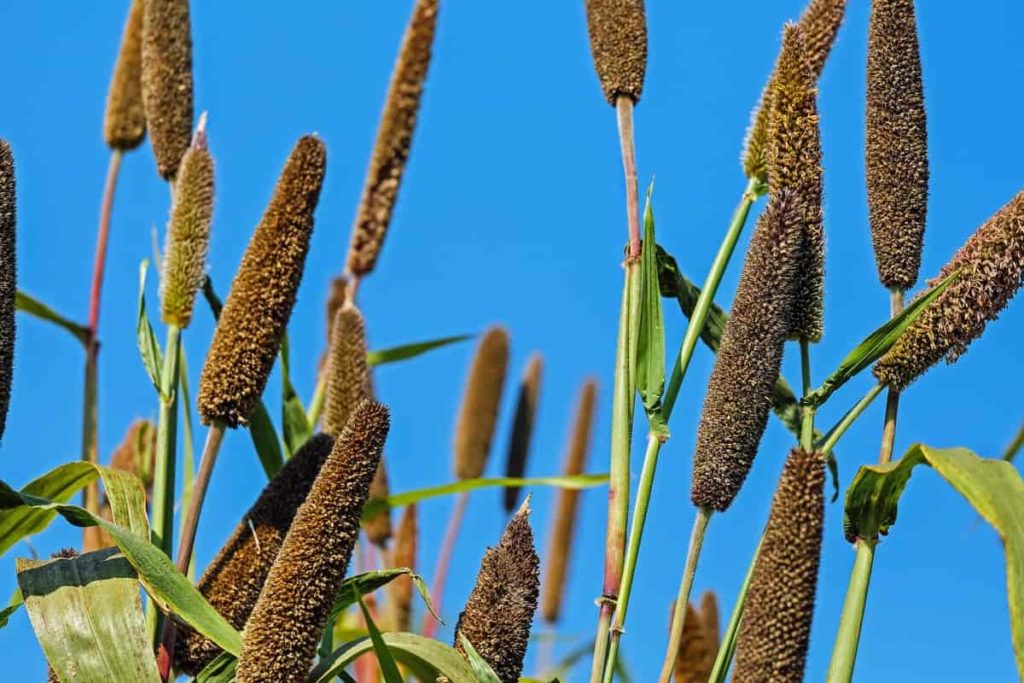
Having a safe place to keep millet grains is a persistent issue for farmers. To maximize profits, farmers often wait until right after harvest to sell their goods. Successfully capitalizing on this opening requires acquiring the millets from farmers and storing them in large warehouses.
Millet bakery business plan in India
These days, most biscuits on the market are manufactured with refined grains (maida), but those made with millets are a better option for your health. Three essential pieces of equipment for opening your own millet bakery are a planetary mixer, cookie cutters, and a rotating convection oven. As a result of rising concerns about their health, more and more people are opting for Millets-based cakes when celebrating special occasions like birthdays.
You may have heard of Chef Natasha Gandhi of House of Millets; she is based in Mumbai, and her cakes made with Millets are stunning in appearance while also being nutritious, vegan, and free of processed sugar. So, the millet-based baking business concept is very profitable.
Profit margin in the millet-based food business in India
Once established, the company has a long and healthy lifespan because the market is constantly growing. On average, a margin of between 25 and 28 percent of capital invested can be attained. Depending on the scope of the business and the available capital, the necessary investment may be as high as two lacks.
In some cases, the standard of the food produced by a company can determine its profit margin. In the food industry, the most successful millet-based enterprises have averaged 23% efficiency over the past decade, with a margin of up to 30%. However, due to the already existing businesses and the intense market competition, efficiency and substantial profits will take some time to achieve.
Range of earnings from millet-based food business in India
During the projection period, demand for millets is expected to increase at a CAGR of 5.3% (2022 to 2026). By 2022’s end, it is expected that the worldwide millets market will have generated revenues of more than US$ 13,500 million. Up to 25% of the initial investment is possible as a profit margin. The sale of millet-based food products accounts for over half of the annual revenue of the leading corporations.
In case you missed it: How to Start Tea Time Franchise Business in India: Investment, Cost, and Profit Margin
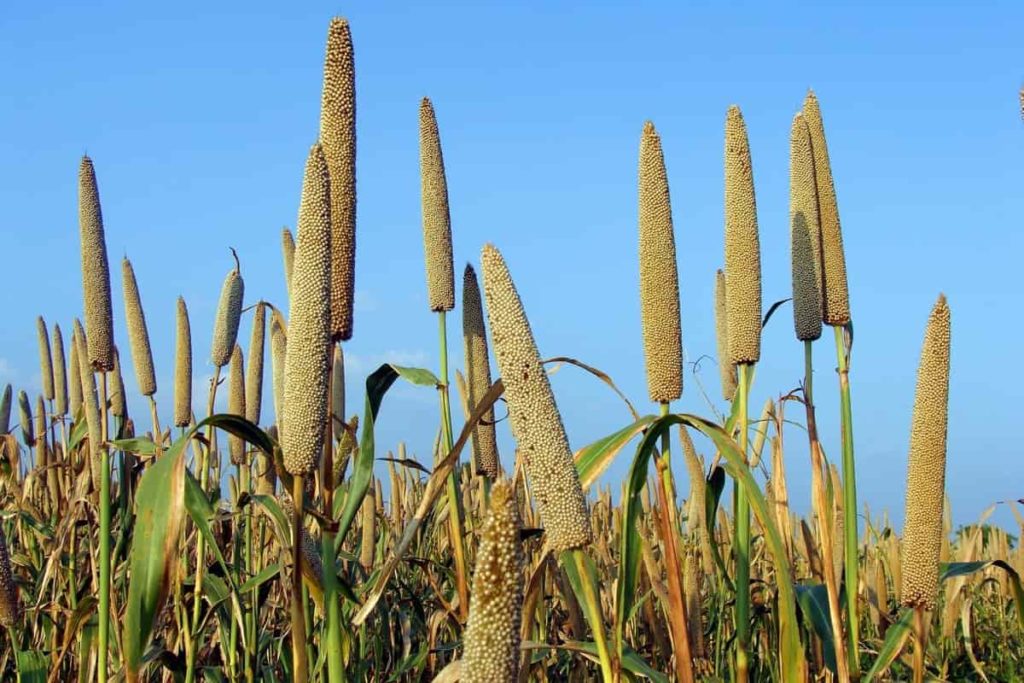
Depending on sales and capacity, the average income from the millet-based food business can be anywhere from 30,000 to 1,000,000 INR. The main things determining how much money a millet-based food business makes are how good the food is and how good it tastes.
Is a millet-based food business a good idea?
According to the FAO, India produces most of the millet in the world. The world’s millet production was estimated to be 28.4 million metric tons in 2019, 31.8 million tons in 2020, and 29.8 million tons in 2021. India is the largest producer in the world, making up 42% of the world market. However, in the last 20 years, millet has become less important as a staple food, especially in India. It is due to more people living in cities and inconsistent government policies.
More than half of the world’s millet crop is currently being diverted from its original use as a staple food. For this reason, the Indian government has declared its backing for the millet-based food business, which it sees as having significant potential for future expansion. The majority of consumers seek out foods that are high in fiber and protein, as well as in micronutrients.
Millet-based goods offer an additional market in the food industry because of the availability of proteins. In addition, millet is considered a superfood due to the health benefits that come from eating millet products. In terms of both initial investment and ongoing maintenance, a millet-based production facility is an excellent investment.
In case you missed it: How to Start GST Suvidha Center in India: Applying, Permission, Set Up, Investment, and Profit Margin
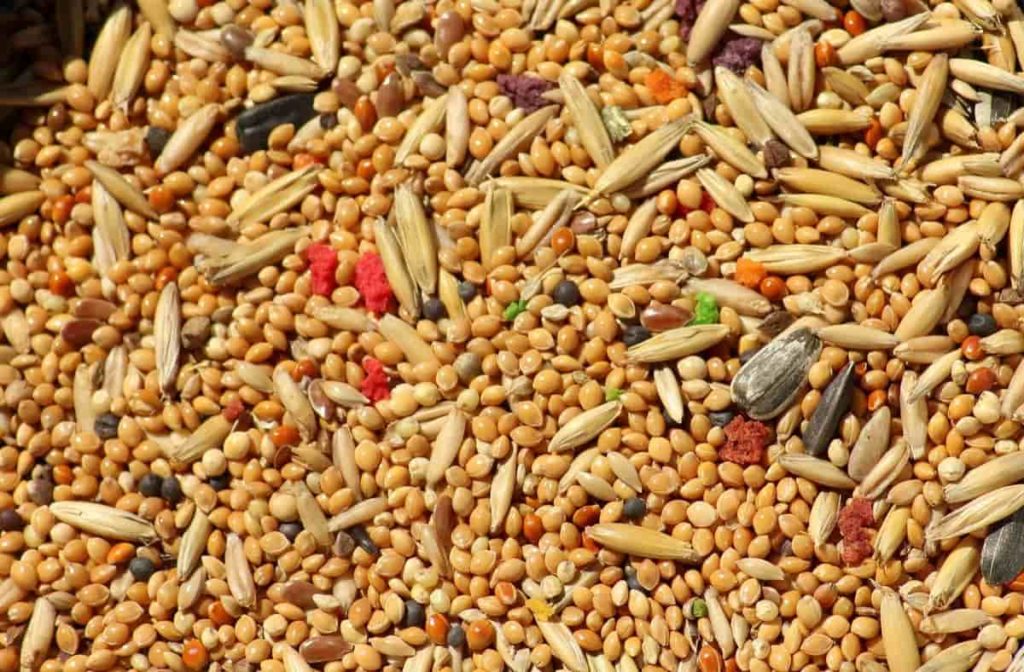
Benefits of millet-based food products
- Millet has a high amount of both soluble and insoluble fiber. Millet’s “prebiotic” insoluble fiber helps the body’s beneficial microorganisms develop. In addition to lowering the risk of colon cancer, this type of fiber is crucial for maintaining normal digestive processes.
- Niacin, which is abundant in millet, aids in regulating more than 400 biochemical reactions in the body. As a result, niacin contributes to healthy skin and organs. For this reason, it is common practice to boost processed meals with this chemical.
- Also, millet, especially the darker variety, is a great way to get your daily dose of beta-carotene. This organic pigment aids the body’s defense against free radicals and is a precursor to vitamin A, which is essential for maintaining good eye health.
- Millet has a low glycemic index (GI) because it is abundant in complex carbs and low in simple carbohydrates. Because of this, millet flour has a longer digestive time than regular wheat flour. When you eat foods with a low glycemic index (GI), you reduce the likelihood of a rapid increase in blood sugar after eating, which can be especially helpful for those with diabetes.
- Millet’s soluble fiber content is associated with a lower total blood cholesterol level, which is beneficial because high total blood cholesterol is a risk factor for atherosclerosis. In the digestive tract, soluble fiber forms a gel that traps and absorbs cholesterol, which is then eliminated from the body. Millet may help keep your heart healthy by lowering cholesterol, a significant risk factor for cardiovascular disease.
In case you missed it: Top 25 Agricultural Mobile Apps for Farmers
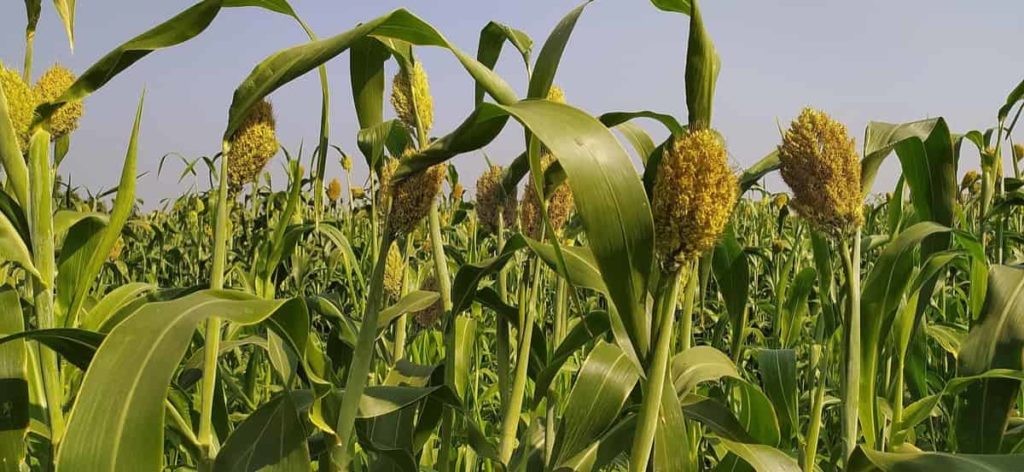
Conclusion
People are looking for foods that are high in fiber, protein, and micronutrients. Millet-based goods offer an additional market in the food industry because of the availability of proteins. Millet is considered a superfood because of its positive effects on human health when consumed. Millet-based product manufacturing unit comes at an affordable cost and is easy to set up. Therefore, a millet-based food business is a very productive and profitable venture for any entrepreneur to undertake.
- Handicraft Making at Home: A Small Profitable Business Idea
- Pet-Tech Startups: Innovations for Animal Lovers
- Tech Repair Services: Meeting the Demand for Gadget Maintenance
- Maximizing Rewards: Smart Credit Card Habits for Cashback and Points
- Ultimate Guide to Making Money from Goat Milk Business
- How to Start an Agricultural Value Added Product Business
- Value-Added Business Ideas for Greenhouse: The Best Ways to Make Profits with Greenhouse Farming
- How to Make Profits with Organic Country Chicken: Best Strategies for Beginners
- 10 Value-added Business Ideas for Millets: Low-investment and Highly Profitable
- Why Cleaning Service Business Becoming More Profitable in Metro Cities in India
- 10 Best Businesses to Start in Ayodhya for Profits
- Top Drone Business Ideas in India: Unlocking Aerial Innovation & Opportunities
- Top 10 Service Businesses You Can Start with No Money
- Ultimate Guide to Starting a Home-Based Advertising Agency Business
- Starting a Nail Salon Near Your Location: Check List, Business Plan, Licensing, and Opening Instructions
- Construction Company Name Ideas: Guide to Create New Construction Company Names
- 8 Best Small Businesses to Start in Hyderabad: Low-Cost and Profitable
- 10 Best Small Businesses to Start in Massachusetts: Low-Cost and Profitable
- 10 Best Small Businesses to Start in Maryland: Low-Investment and Profitable
- 10 Best Small Businesses to Start in Delaware: Low-Investment and Profitable
- 10 Best Small Businesses to Start in Connecticut: Low-Investment and Profitable
- Top 10 Best Online Pet Business Ideas: Exploring Cats to Dogs
- 10 Best Small Businesses to Start in Colorado: Low-Investment and Profitable
- Top 10 Profitable Small Business Ideas in California: Low-Investment Tips
- From Little Rock to Fayetteville: Top 10 Profitable Small Business Ideas in Arkansas
- Top 10 Profitable Small Business Ideas in Alabama: Discover Opportunities in Alabama’s Growing Cities
- Top 10 Profitable Small Business Ideas in Arizona: Discover Opportunities in Arizona’s Growing Cities
- Golf Business Ideas: Exploring Golf Course Money Making Ideas
- Low Capital Profitable Small Farm Ideas: Farming Ideas to Make Money
- How to Write a Business Plan for Daycare: Exploring from Financial Projections to Risk Management
- Home Daycare License Requirements: Exploring State-wise In-home Daycare Requirements
- How Profitable is Day Care Business: How Much Does a Daycare Owner Make a Month or Year?
- How to Open a Daycare Center in Toronto, Canada: Business Plan, Licenses and Permits
- How to Start Meal Prep and Delivery Services: A Popular Business Idea
- How to Start a Milk Chilling Plant Business
- How to Start Coconut Shell Charcoal Business: Business Plan for Maximizing Profits